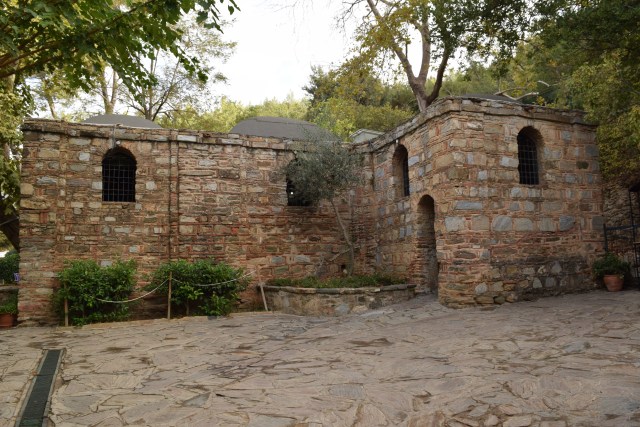Most tours of Ephesus from Kusadasi also include a visit to the House of the Virgin Mary. Obviously, it is an important site from a religious perspective, but it is also interesting just from a historical prospective as well. It is commonly believed that Mary came to Ephesus with Saint John after the crucifixion of Christ and lived near the city for the remainder of their lives. There is no proof that the house was truly the final home of Mary, but it has been a place of pilgrimage since its discovery in the late 1800’s.




The story of how the house was discovered is just as interesting as the actual site itself. A German nun, Anne Catherine Emmerich, who was an invalid and never traveled outside of Germany had a vision of Mary and the house where she lived. She described the location in great detail in 1812 and it matched the hillsides of Ephesus. In 1881, the house was discovered using the description provided by Anne Catherine Emmerich by a French Priest and it has been visited by people ever since. Although the church has not officially weighed in on the authenticity of the site, several popes have visited the site and have held services at the chapel.




Seeing the house of the Virgin Mary is interesting, but walking through the ruins of Ephesus is more impressive. We only spent about a half hour walking around the house and listening to the history from our guide. In addition to the house, where photography is not permitted, there is a wishing wall with a spring with a fountain and water cistern where it is believed that baptisms took place.
































